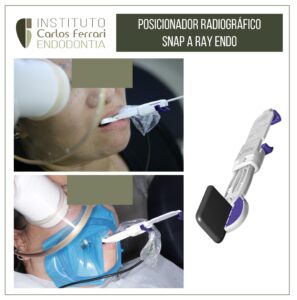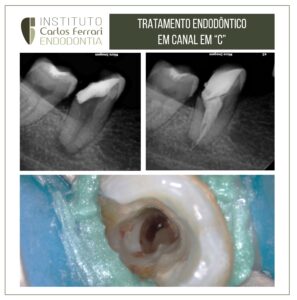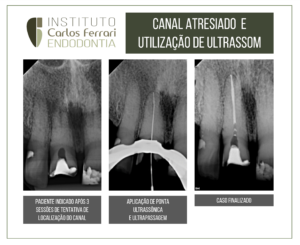Positive pulp vitality test after endodontic treatment in a tooth with periapical lesion. Interesting and atypical case in which the pulp vitality test response changed after endodontic treatment of the adjacent tooth.
Patient with a large periapical lesion in the upper left anterior region. Initially the thermal test for pulp vitality was positive only for teeth 11 and 23, and negative for teeth 21 and 22. Due to the clinical aspect and the suggestion of a lamina dura at the apex of tooth 21, treatment was planned only for tooth 22, with application of photodynamic therapy, placement of bioceramic intracanal medication and proservation.
After 2 months, and 2 changes of medication, tooth 21 responded positively to the thermal test, with the same intensity as tooth 11.
Case performed with the students Lorrane Souza and Amanda Oliveira, from the endodontics specialization HPG Brasília.
In: Ricardo Machado. Endodontics. Ed. Gen, 2022:
Pulp sensitivity tests
After performing the anamnesis and the exams previously listed, the condition of the pulp must be evaluated. The pulp sensitivity tests (thermal and electrical, in that order) are the most used due to their availability and ease of execution.
Thermal test with cold application
It can be performed with ice sticks made with anesthetic tubes, ethyl chloride or refrigerant gas - dichlorodifluormethane or carbon dioxide - and carbonic snow.
The decrease in temperature and vasoconstriction induce stimuli in the pulpal nerve fibers responsible for the painful sensation. In general, the temperature reached is directly proportional to the intensity of pain.
Pulp sensitivity tests
After performing the anamnesis and the exams previously listed, the condition of the pulp must be evaluated. The pulp sensitivity tests (thermal and electrical, in that order) are the most used due to their availability and ease of execution.
Thermal test with cold application
It can be performed with ice sticks made with anesthetic tubes, ethyl chloride or refrigerant gas - dichlorodifluormethane or carbon dioxide - and carbonic snow.
The decrease in temperature and vasoconstriction induce stimuli in the pulpal nerve fibers responsible for the painful sensation. In general, the temperature reached is directly proportional to the intensity of pain.





